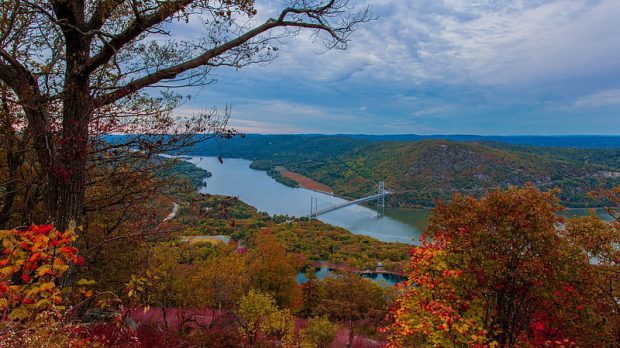
The Hudson Valley offers a unique blend of city exploration and nature appreciation. Take a train journey from Manhattan along the picturesque Hudson River. In autumn, the surroundings transform into a fairy-tale palette, providing a spectacle that mirrors the opulence of one of the wealthiest American regions.
Considered one of the most romantic rail routes on the East Coast, the Hudson Valley journey from New York City to the countryside is conveniently facilitated by the Metro North Liner.
The train departs hourly from Platform 25 at Grand Central Terminal in Manhattan, traversing the scenic Hudson River and making stops in quaint towns along the way. This eco-friendly and affordable travel option allows for an exploration of the river valley.
READ: New York Top 10: Real Estate Investment Opportunities
As the train passes the last tenements of the Bronx, towering over the city, a different world unfolds outside the window: the natural world. The serene atmosphere here is a complete contrast to the vibrant energy of the metropolis.
The river winds its way through serene hills and forests. Deciduous trees lining the shore create picturesque reflections in vivid yellow and fiery red hues during autumn. The array of colors is breathtaking.
Autumn in this region is characterized by sharp temperature fluctuations and abundant sunshine. The end of September to early November is considered the prime time to witness this natural spectacle.
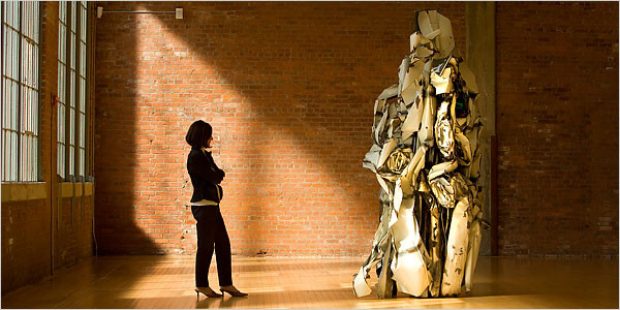
The expansive area showcases works by Richard Serra and installations by Dan Flavin and Donald Judd. In 2003, Gerhard Richter crafted “6 Gray Mirrors” specifically for Dia Beacon, and the walk from the Beacon train station to the monumental contemporary art exhibition takes less than ten minutes.
Following this, you can rent a canoe or kayak from the Hudson River Expeditions for a few hours on the water, though remarkable discoveries can also be made on land.
Beacon is not just a favored retreat for New Yorkers but also an alluring destination for Big Apple tourists. Stretching for two kilometers, the main street of the city boasts art galleries, restaurants, boutiques, grocery, and antique shops, intermittently interrupted by charming street cafes and ice cream stands. This presents a subtle contrast to the bustling consumer world of Fifth Avenue.
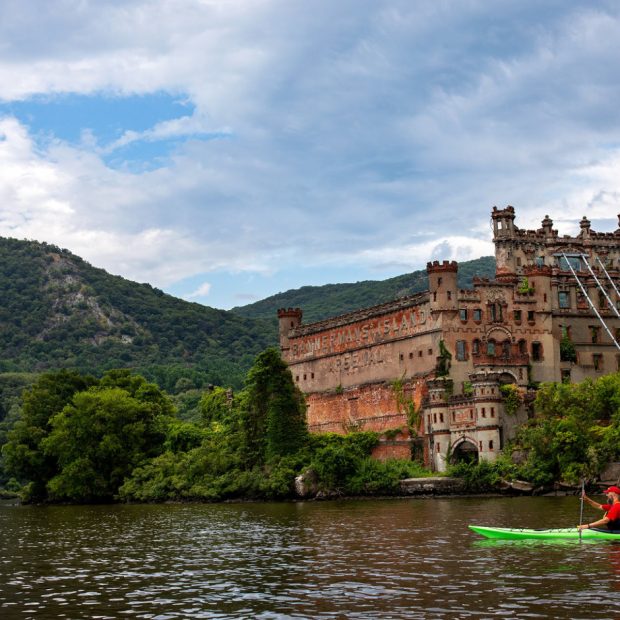
Cold Spring, another small town, sees its main street commence right at the train station, lined with shops and art galleries. The Cold Spring Cheese Shop (104 Main Street) offers delectable sandwiches and cookies, while Eliza Starbuck’s Liquor Shop (82 Main Street) provides an array of beverages.
READ: Manhattan Real Estate: Types and Features
Cold Spring is also an enchanting spot for enthusiasts of fall foliage. A trolley from the train station transports visitors to Boscobel House and Gardens, an authentic 1804 villa museum offering vibrant natural hues on the Forest Discovery Trail.
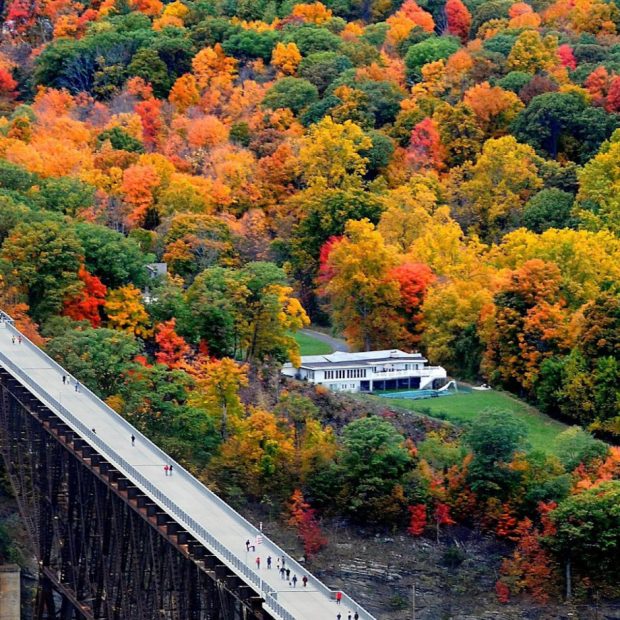
A glass elevator takes visitors up to the bridge, offering a breathtaking 360-degree panoramic view and an additional viewpoint of “fall foliage,” as leaf color is known in the United States during this season. Poughkeepsie (pronounced Pook-eepsie) is the terminus of the North Liner subway.
If you wish to continue your journey north along the river, you can rent a car right at the station. During the trip, it becomes evident that the valley has always been a summer retreat for the rich and powerful.
Magnificent villas adorned with towers and castle walls shimmer before you. Twenty of these “mansions” are now open to the public as museums.
Do not overlook the Vanderbilt mansion in Hyde Park, built-in 1896. This 54-room mansion with 21 fireplaces, constructed on the banks of the Hudson River, was commissioned for the Vanderbilts, one of the wealthiest families in North America at the time.
READ: Prices Are Rising in Dubai: New Apartments and Projects To Be Completed By 2026
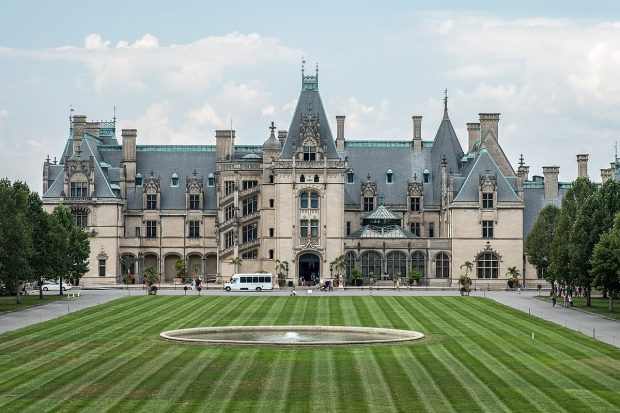
The Franklin D. Roosevelt Library, adjacent to the mansion, is the oldest presidential library in the United States. Together with the private home of the 32nd president, it allows you to experience the atmosphere of his life and tenure in power from 1933 to 1945. Roosevelt, disabled by polio, was an active exerciser, a facet highlighted by the exhibition.
Like us on Facebook for more stories like this: